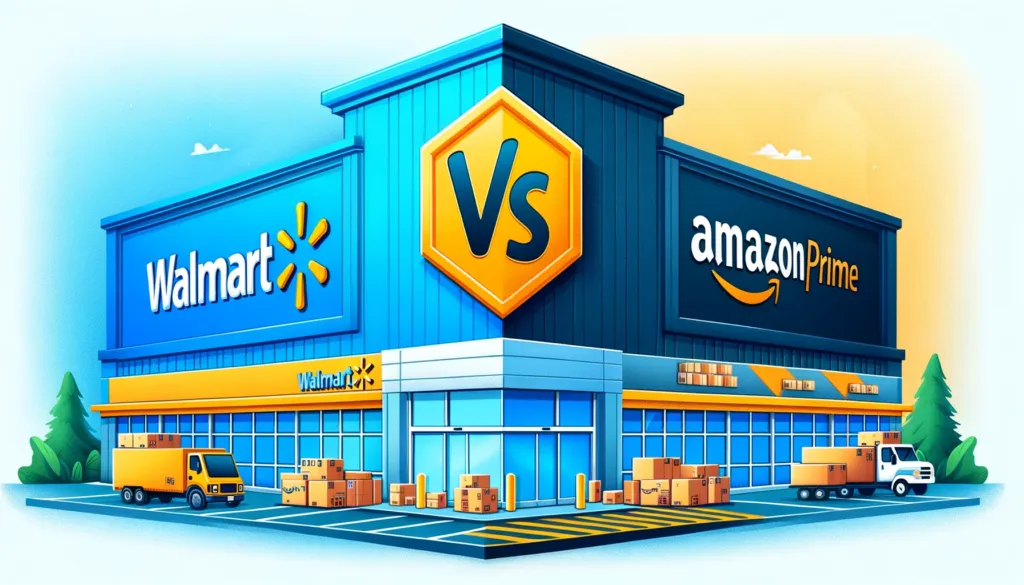Private label used to mean ‘cheap,’ but not anymore.
Major retailers such as Walmart, Target, Amazon, and Dollar General have all adjusted their strategies to capture larger shares of shifting market segments, from budget-conscious shoppers to affluent consumers seeking premium experiences.
Economic factors, including inflation and rising living costs, have significantly influenced consumer behavior in recent years. Shoppers across all income levels are increasingly prioritizing value and quality, leading retailers to adapt their strategies accordingly.
Private-label products have emerged as a key driver of this shift, accounting for nearly a quarter of unit volume across ten major product sectors as of 2024.
Retailers like Aldi and Trader Joe’s have long relied on private labels, with these items making up more than two-thirds of their overall sales volume. This trend underscores the growing consumer acceptance of private labels as viable alternatives to national brands.
The Rise of Luxury Private Labels
One of the most significant trends in retail has been the development of luxury private-label brands. Historically, private labels were associated with budget-friendly alternatives to national brands. Today, retailers like Walmart and Amazon are redefining this narrative by introducing premium private-label lines.
Walmart’s Bettergoods brand exemplifies this shift, offering high-quality products at competitive prices. Similarly, Amazon’s efforts to expand its premium private-label offerings reflect a broader trend toward capturing affluent consumers who value both quality and convenience.
This evolution highlights the growing importance of private labels as a tool for differentiation and market share expansion. By investing in premium private-label lines, retailers can compete directly with established national brands while building customer loyalty.
Walmart: Evolving Beyond Budget Shopping
Historically, Walmart has been synonymous with value-driven retail, attracting a customer base largely composed of price-sensitive shoppers. Its promise of “Everyday Low Prices” has long resonated with households seeking affordability and variety. Over the past decade, however, Walmart has broadened its appeal, making notable inroads with more affluent consumers.
In 2024, Walmart launched its largest private-brand food initiative in two decades with the introduction of ‘Bettergoods,’ a line of 300 items targeting health-conscious consumers. This plant-based and wellness-oriented brand reflects Walmart’s effort to penetrate the premium market while maintaining its core appeal.
The success of Bettergoods exemplifies Walmart’s strategic pivot toward offering high-quality, affordable alternatives to traditional premium brands.
This shift is further underscored by Walmart’s inclusion of high-end products like Apple and Bose in its inventory, a move that has attracted higher-income households.
As of 2024, households earning over $100,000 represented 75% of Walmart’s market share gains in a recent fiscal quarter. This marked change highlights Walmart’s ability to balance its traditional value proposition with offerings that appeal to a wealthier demographic.
In addition to private-label expansions, Walmart has invested heavily in enhancing its in-store aesthetics and online platforms. These investments aim to create a shopping environment that aligns with the expectations of affluent shoppers while retaining the value-driven reputation that its traditional base values.
Target: Striking a Balance Between Quality and Value
Target has historically positioned itself as a retailer catering to middle-income suburban shoppers, often referred to as the “Tar-zhay” crowd.
Known for its ability to blend quality and affordability, Target has consistently attracted consumers seeking a step above Walmart’s utilitarian focus without venturing into luxury territory.
In recent years, Target has doubled down on its private-label strategy, launching brands like ‘Dealworthy,’ which achieved remarkable growth in 2024, with sales volume increasing by over 200%.
This private-label initiative underscores Target’s commitment to providing value-driven products that resonate with a broad demographic, from budget-conscious families to shoppers willing to pay a premium for quality.
Target has also invested in creating a seamless omnichannel shopping experience, integrating its online and physical store platforms to cater to tech-savvy consumers. This approach has enabled Target to remain competitive against e-commerce giants while retaining its appeal to traditional in-store shoppers.
Amazon: Scaling the Private-Label Challenge
Amazon’s customer base has always been diverse, spanning various income levels and shopping preferences. The platform’s convenience and vast product selection have made it a go-to retailer for millions of households.
Despite its dominance in e-commerce, Amazon has struggled to replicate the success of Walmart and Target in the private-label arena.
As of 2024, private-label products accounted for only 3% of Amazon’s sales volume—a significantly lower proportion compared to competitors. However, Amazon has been gradually expanding its private-label offerings to cater to a range of price points. Brands like “Amazon Basics” focus on affordability, while others aim to capture mid-range and premium shoppers.
Amazon’s expansion into luxury private labels remains an area of opportunity. Its ability to leverage customer data for personalized marketing could prove instrumental in this segment.
Furthermore, Amazon’s foray into physical retail, through initiatives like Amazon Fresh and the acquisition of Whole Foods, positions the company to reach demographics that may prefer in-person shopping experiences.
Dollar Stores: Serving the Budget-Conscious Market
Dollar stores, including Dollar General and Dollar Tree, have traditionally catered to low-income consumers by offering essential items at unbeatable prices. This model has proven resilient, especially during economic downturns, when budget-conscious shopping becomes a necessity for many households.
However, the inflationary pressures of recent years have presented challenges for dollar stores. In 2024, Dollar Tree reported a shift in consumer behavior, with core customers focusing on needs-based purchases and prioritizing affordability.
This trend has led to a rise in at-home dining and other cost-saving measures among low-income shoppers. Dollar General noted similar challenges, with more than 60% of its customers reporting that higher prices had forced them to cut back on basic necessities.
Despite these challenges, dollar stores remain a critical component of the retail landscape. Their ability to adapt to changing consumer needs—through strategies like multi-price points and expanded product offerings—will be crucial in maintaining their relevance in the coming years.
Plans for 2025 and Beyond
Looking ahead, retailers are expected to continue expanding their private-label portfolios to capture greater market share. The private-label market share is projected to increase from 19% at the end of 2023 to 24% by 2030. This growth will be driven by innovations in product quality, branding, and marketing.
Retailers are also likely to focus on enhancing their digital platforms and leveraging data analytics to better understand and meet consumer needs. Investments in sustainability and ethical sourcing will play a crucial role in appealing to environmentally conscious shoppers.
By embracing private-label innovation, enhancing customer experiences, and addressing the needs of diverse income segments, major players like Walmart, Target, Amazon, and Dollar General are positioning themselves for sustained growth in an increasingly competitive market.






